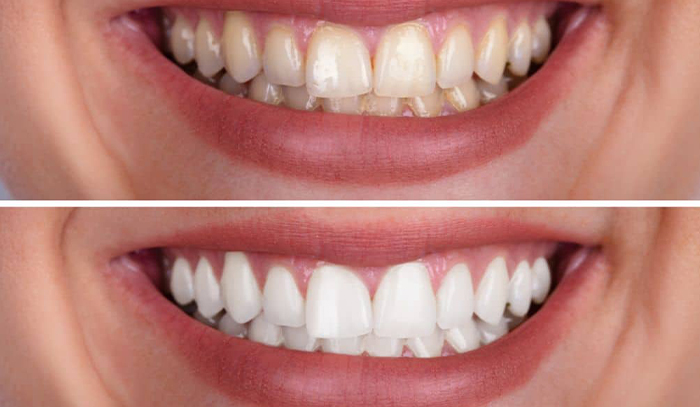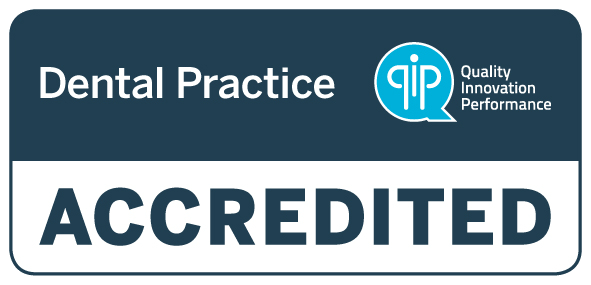A bright and healthy smile not only enhances your appearance but may also play a vital role in your overall well-being. Two of the most common dental treatments people consider for improving their smile are teeth cleaning and teeth whitening. While both treatments aim to improve your teeth, they serve entirely different purposes. Understanding the difference between the two can help you decide which procedure suits your needs.
In this article, we will thoroughly explore teeth cleaning and teeth whitening, their procedures, benefits, costs, and when you should consider each treatment. By the end, you’ll have a clearer picture of how to maintain both a healthy and dazzling smile.
What is Teeth Cleaning?
Teeth cleaning, also called professional teeth cleaning or dental prophylaxis, is a preventative dental procedure performed by a dentist or dental hygienist to maintain oral health. Its primary purpose is to:
- Remove plaque (soft bacterial buildup) and tartar (hardened plaque) from the teeth.
- Prevent gum disease, cavities, and other oral health issues.
- Detect potential dental concerns early.
While brushing and flossing are essential for daily oral hygiene, they cannot remove all plaque or tartar, especially in hard-to-reach areas of the mouth. Over time, this buildup can lead to tooth decay, gum disease, and bad breath. Professional teeth cleaning ensures these deposits are effectively removed.
What to Expect During a Teeth Cleaning Procedure
A professional teeth cleaning at Family Dental Practice follows these key steps:
- Examination
Before the cleaning starts, your dentist or dental hygienist will examine your mouth using a small mirror to check for signs of inflammation, cavities, or other oral health issues. - Scaling
Special tools are used to remove plaque and tartar buildup from the teeth, both above and below the gumline. This process, known as scaling, is essential for preventing gum disease and ensuring your teeth are thoroughly clean. - Polishing
Once the plaque and tartar are removed, your dentist will polish the teeth using a gritty toothpaste and an electric polishing tool. This step smooths the tooth surfaces, making it harder for plaque to accumulate in the future. - Flossing and Fluoride Treatment
Finally, your teeth are flossed to remove any remaining debris between the teeth, followed by a fluoride treatment to strengthen enamel and protect against decay.
Who Needs Teeth Cleaning?
Professional teeth cleaning is suitable for everyone. It is especially important for individuals who:
- Struggle with plaque buildup despite regular brushing and flossing.
- Have a history of gum disease, cavities, or tooth sensitivity.
- Want to prevent oral health issues before they escalate.
Dentists generally also recommend scheduling a teeth cleaning appointment every 6 months to maintain oral health.
What is Teeth Whitening?
Teeth whitening is a cosmetic dental treatment designed to brighten and lighten the colour of your teeth. It involves the use of bleaching agents, such as hydrogen peroxide or carbamide peroxide, to help remove stains and discolouration caused by lifestyle factors or aging.
Causes of Tooth Discoloration
Several factors can cause your teeth to lose their natural whiteness, including:
- Diet: Frequent consumption of coffee, tea, red wine, and foods with strong pigments.
- Tobacco use: Smoking or chewing tobacco can lead to stubborn stains.
- Aging: Over time, the enamel thins, revealing the yellowish dentin underneath.
- Poor oral hygiene: Inadequate brushing and flossing lead to stains and plaque buildup.
- Medications: Certain antibiotics and medications can discolour teeth.
Types of Teeth Whitening Treatments
There are a lot of safe teeth whitening treatments that can be done using advanced technology, including:
- In-Office Whitening
Professional teeth whitening treatments performed in the clinic deliver fast and effective results in just one session. With the help of advanced techniques, such as Smartbleach® technology, which combines a gentle red gel with green light, you may expect superior and long-lasting results without damaging tooth enamel. - At-Home Whitening Kits
For those who prefer gradual whitening, custom-fitted whitening trays and professional-grade whitening gels can be provided for at-home use.
What to Expect During Teeth Whitening
- Initial Assessment: The dentist will evaluate your teeth to ensure you’re a suitable candidate for whitening.
- Preparation: A protective barrier is placed over the gums to shield them from the whitening agent.
- Whitening Application: The bleaching gel is carefully applied to the teeth. For in-office treatments, a special light or laser is used to enhance the gel’s effectiveness.
- Rinse and Results: After the whitening process, the gel is rinsed off, and your new, brighter smile is revealed.
In-office teeth whitening typically takes about 60–90 minutes and produces instant results.
Teeth Cleaning vs. Teeth Whitening: Key Differences
Purpose
- Teeth Cleaning: Focuses on oral health by removing plaque, tartar, and bacteria to prevent decay and gum disease.
- Teeth Whitening: Focuses on cosmetic improvement, lightening the tooth colour and removing stains for a brighter smile.
Procedure
- Teeth Cleaning: Involves scaling, polishing, and fluoride treatment to improve oral hygiene.
- Teeth Whitening: Uses bleaching agents (like hydrogen peroxide) to lighten tooth enamel and eliminate stains.
Duration & Maintenance
- Teeth Cleaning: This may take 30–60 minutes and should be done every 6 months for lasting oral health benefits.
- Teeth Whitening: Results are immediate but may require touch-ups every 6–12 months, depending on lifestyle habits like smoking or coffee consumption.
Cost
- Teeth Cleaning: Often covered by dental insurance as it is a preventative treatment.
- Teeth Whitening: Considered a cosmetic procedure, it might not be typically covered by insurance. Costs vary depending on the whitening method chosen.
Benefits of Teeth Cleaning
- Prevents Gum Disease: Removes plaque and tartar that cause gingivitis and periodontitis.
- Reduces Tooth Decay: Eliminates bacteria that lead to cavities.
- Fresher Breath: Cleaning removes bacteria and food particles that cause bad breath.
- Early Detection of Issues: Identifies potential oral health problems early, preventing more expensive treatments later.
- Boosts Overall Health: Good oral health reduces the risk of systemic conditions like heart disease and diabetes.
Benefits of Teeth Whitening
- Brighter Smile: Removes years of discolouration for a noticeably whiter smile.
- Enhanced Self-Confidence: A brighter smile may boost your overall appearance and confidence.
- Quick and Effective: Professional teeth whitening may deliver noticeable results in a single session.
- Safe and Non-Damaging: When performed under professional supervision, it greatly minimises potential harm to enamel or gums.
How Often Should You Get Teeth Cleaning and Whitening?
- Teeth Cleaning: Every 6 months to maintain oral health. Individuals with gum disease may require more frequent cleanings.
- Teeth Whitening: Touch-up treatments are recommended every 6–12 months, depending on lifestyle habits and oral hygiene.
Potential Risks and Side Effects
While both procedures are generally safe, some side effects may occur:
Teeth Cleaning
- Minor gum soreness or bleeding, particularly if significant plaque was removed.
- Temporary tooth sensitivity, which usually subsides within a day or two.
Teeth Whitening
- Tooth Sensitivity: Whitening agents may temporarily cause sensitivity to hot and cold.
- Gum Irritation: If bleaching gels contact the gums, minor irritation may occur.
To minimise risks, always seek professional care for both teeth cleaning and whitening.
Conclusion
Understanding the difference between teeth cleaning and teeth whitening is essential for making informed decisions on oral health goals. While teeth cleaning is a preventative measure for optimal oral health, teeth whitening is a cosmetic solution to enhance your smile’s appearance.
At Family Dental Practice in Brighton-Le-Sands, we provide both professional teeth cleaning and advanced teeth whitening treatments tailored to your needs. Whether you need to improve oral health, brighten your smile, or both, our experienced team is here to help.
FAQs
Is teeth cleaning the same as teeth whitening?
No. The goal of teeth cleaning is to remove plaque and tartar for oral health, while teeth whitening lightens tooth discolouration for cosmetic purposes.
How long do the results of teeth whitening last?
With proper care, results can last 6–12 months. Avoiding staining foods and drinks can help maintain results longer.
Is teeth whitening safe?
Yes, professional teeth whitening is safe when performed by a qualified dentist, helping you get effective results without damaging enamel.
How often should I get dental teeth cleaning?
It’s generally recommended to have professional teeth cleaning every six months for optimal oral health.
Can I whiten my teeth at home?
While there are over-the-counter options, professional teeth whitening may provide longer-lasting, and safer results.


